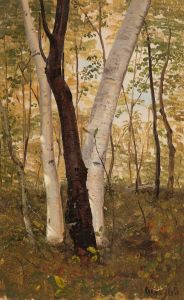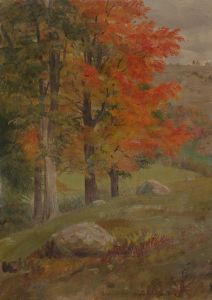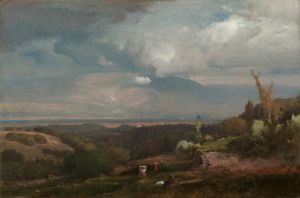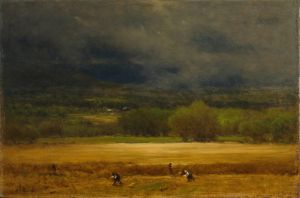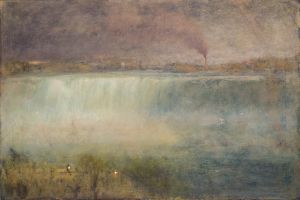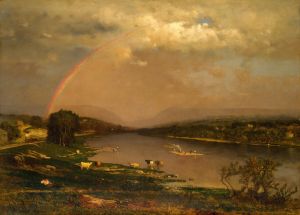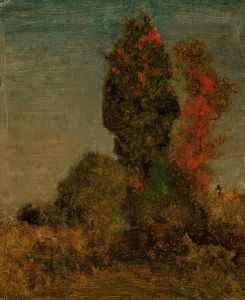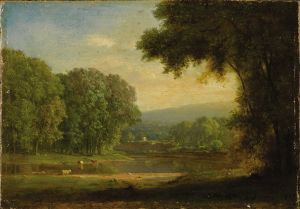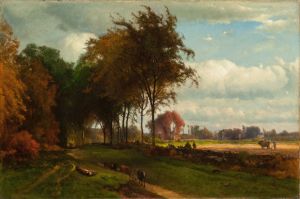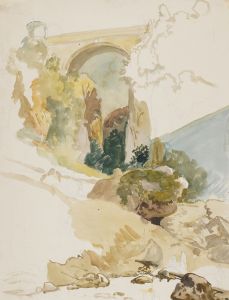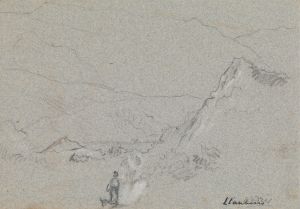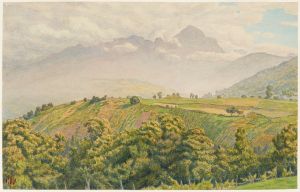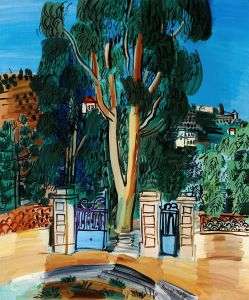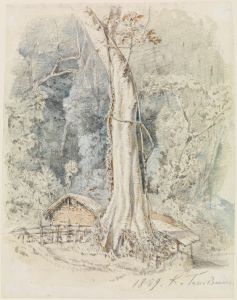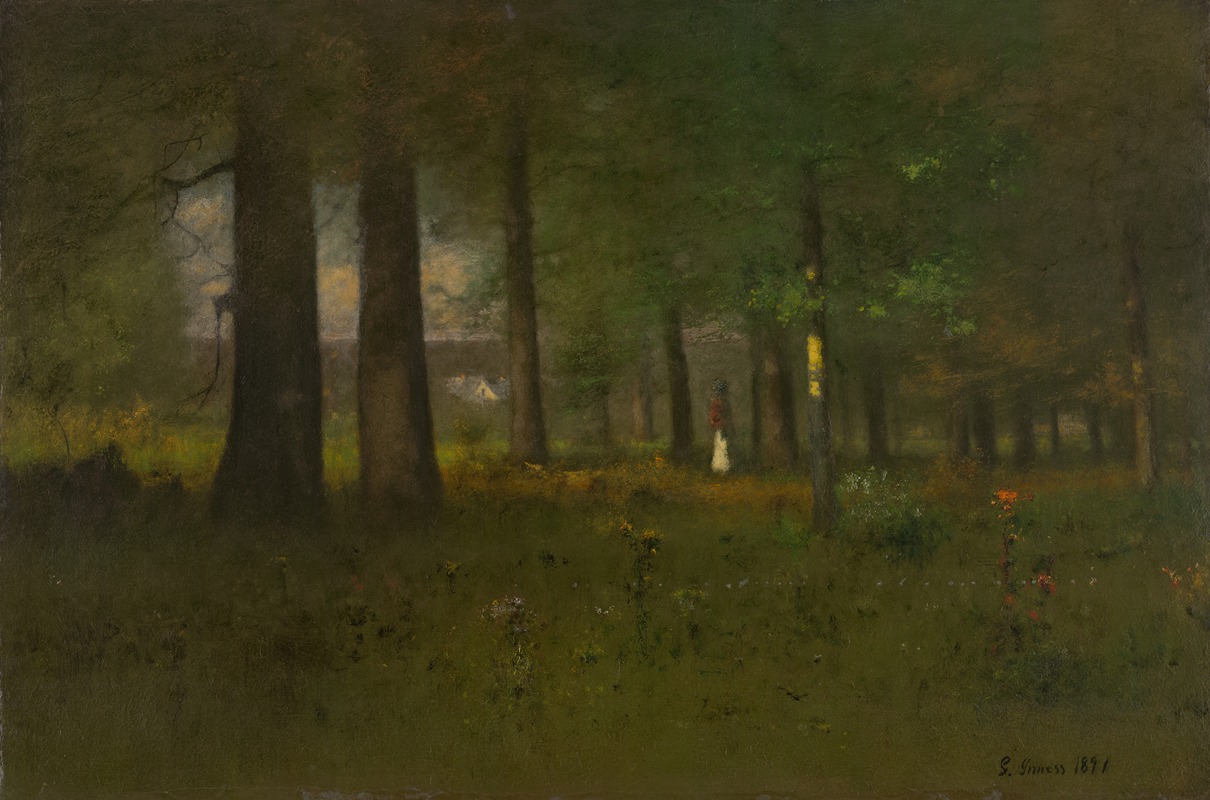
The Edge of the Forest
A hand-painted replica of George Inness’s masterpiece The Edge of the Forest, meticulously crafted by professional artists to capture the true essence of the original. Each piece is created with museum-quality canvas and rare mineral pigments, carefully painted by experienced artists with delicate brushstrokes and rich, layered colors to perfectly recreate the texture of the original artwork. Unlike machine-printed reproductions, this hand-painted version brings the painting to life, infused with the artist’s emotions and skill in every stroke. Whether for personal collection or home decoration, it instantly elevates the artistic atmosphere of any space.
"The Edge of the Forest" is a painting by the American landscape artist George Inness, who is considered one of the most influential American artists of the 19th century. Inness was born on May 1, 1825, in Newburgh, New York, and he became known for his ability to blend the Hudson River School's attention to detail with the more atmospheric and emotional qualities of the Barbizon School.
"The Edge of the Forest" exemplifies Inness's mature style, which often focused on the interplay between light and shadow, as well as the subtle gradations of color that capture the mood of a particular time of day or season. This painting, like many of Inness's works, reflects his deep interest in the spiritual and transcendental aspects of nature, influenced by his study of the writings of Emanuel Swedenborg, a Swedish scientist, philosopher, and theologian.
Inness's technique in "The Edge of the Forest" involves a soft, almost ethereal approach to the landscape, with a focus on creating a sense of depth and atmosphere rather than precise detail. The painting typically features a forested area with a clearing at its edge, where light filters through the trees, creating a serene and contemplative scene. The use of light in the painting is particularly notable, as it highlights the contrast between the dense, shadowy forest and the open, sunlit clearing.
Throughout his career, Inness sought to convey more than just the physical appearance of a landscape; he aimed to evoke the emotional and spiritual experience of being in nature. "The Edge of the Forest" is a prime example of this approach, as it invites viewers to reflect on the beauty and tranquility of the natural world.
George Inness's work has been widely celebrated for its contribution to American art, and his paintings are held in numerous prestigious collections, including the Metropolitan Museum of Art in New York, the Art Institute of Chicago, and the National Gallery of Art in Washington, D.C. "The Edge of the Forest" remains an important piece within his oeuvre, showcasing his ability to blend technical skill with a profound sense of the sublime.
Inness passed away on August 3, 1894, in Bridge of Allan, Scotland, but his legacy continues to influence landscape painting and American art as a whole. His works, including "The Edge of the Forest," are studied and admired for their innovative approach to capturing the essence of the natural world and their ability to convey a deep sense of peace and introspection.





